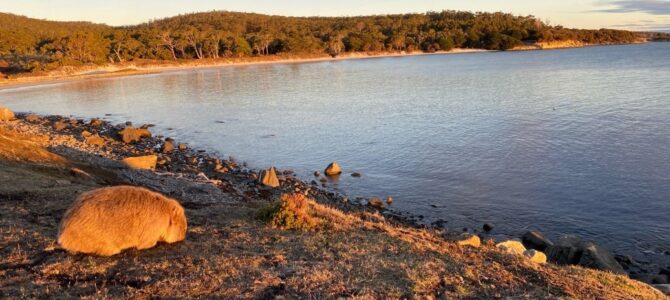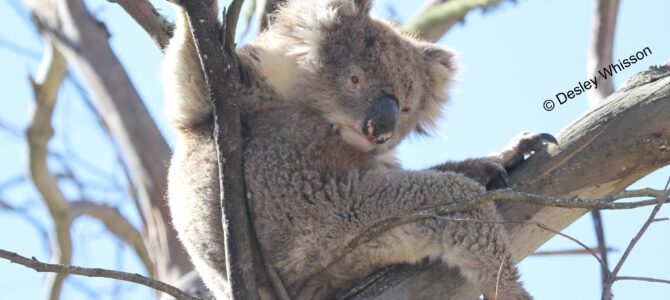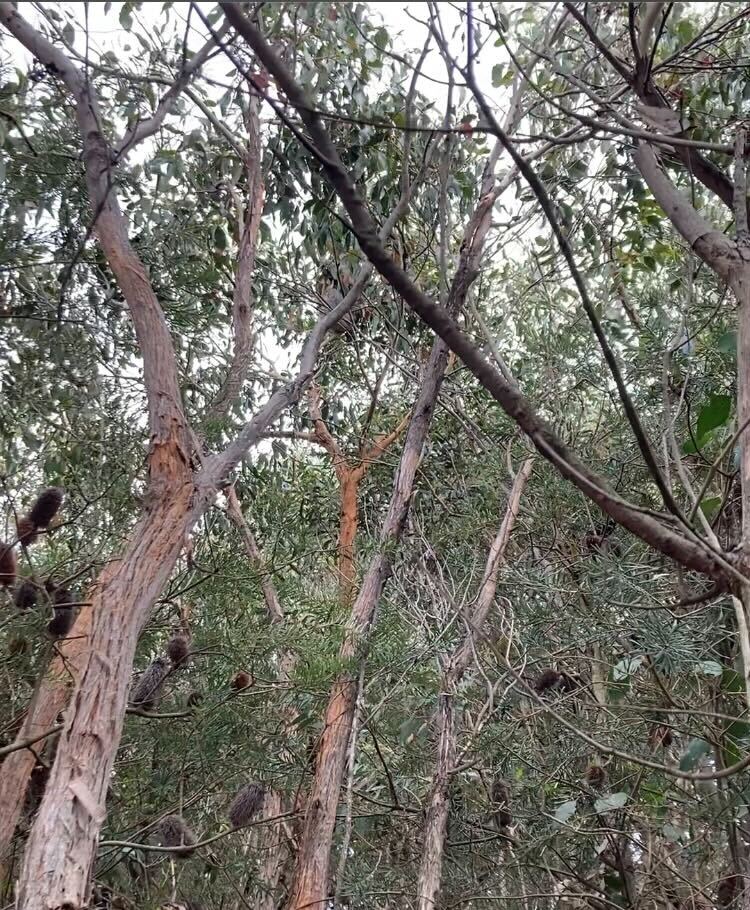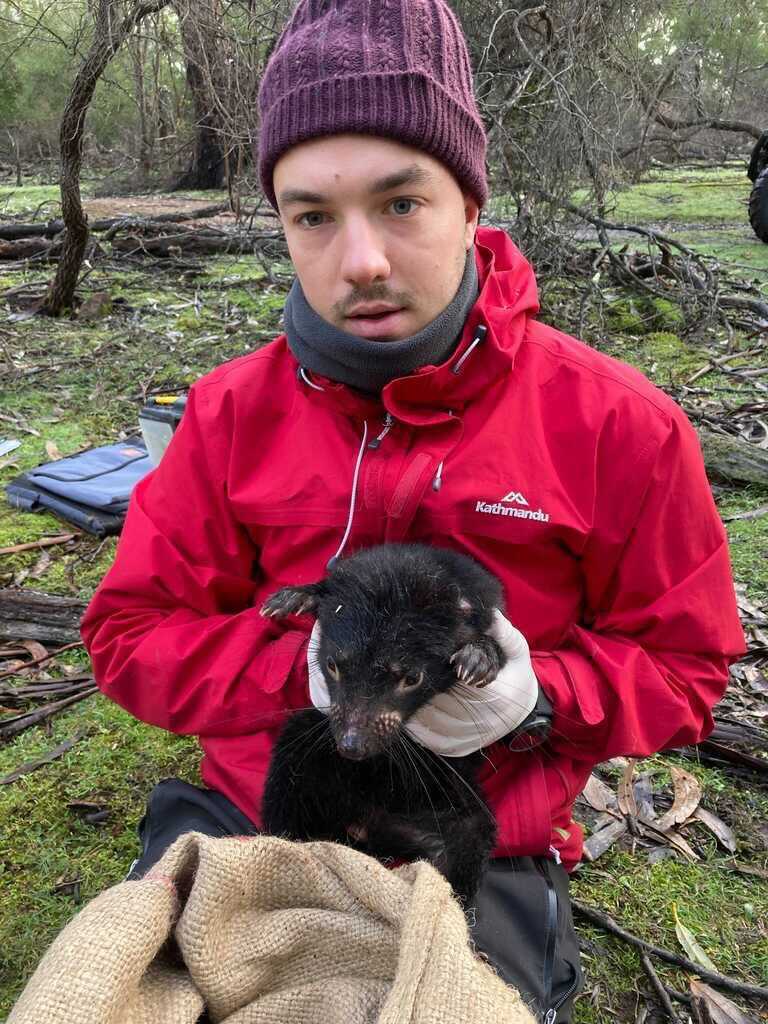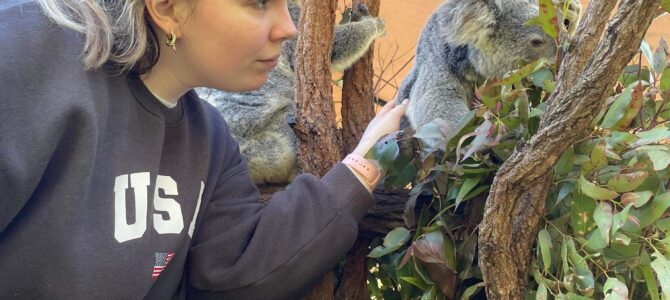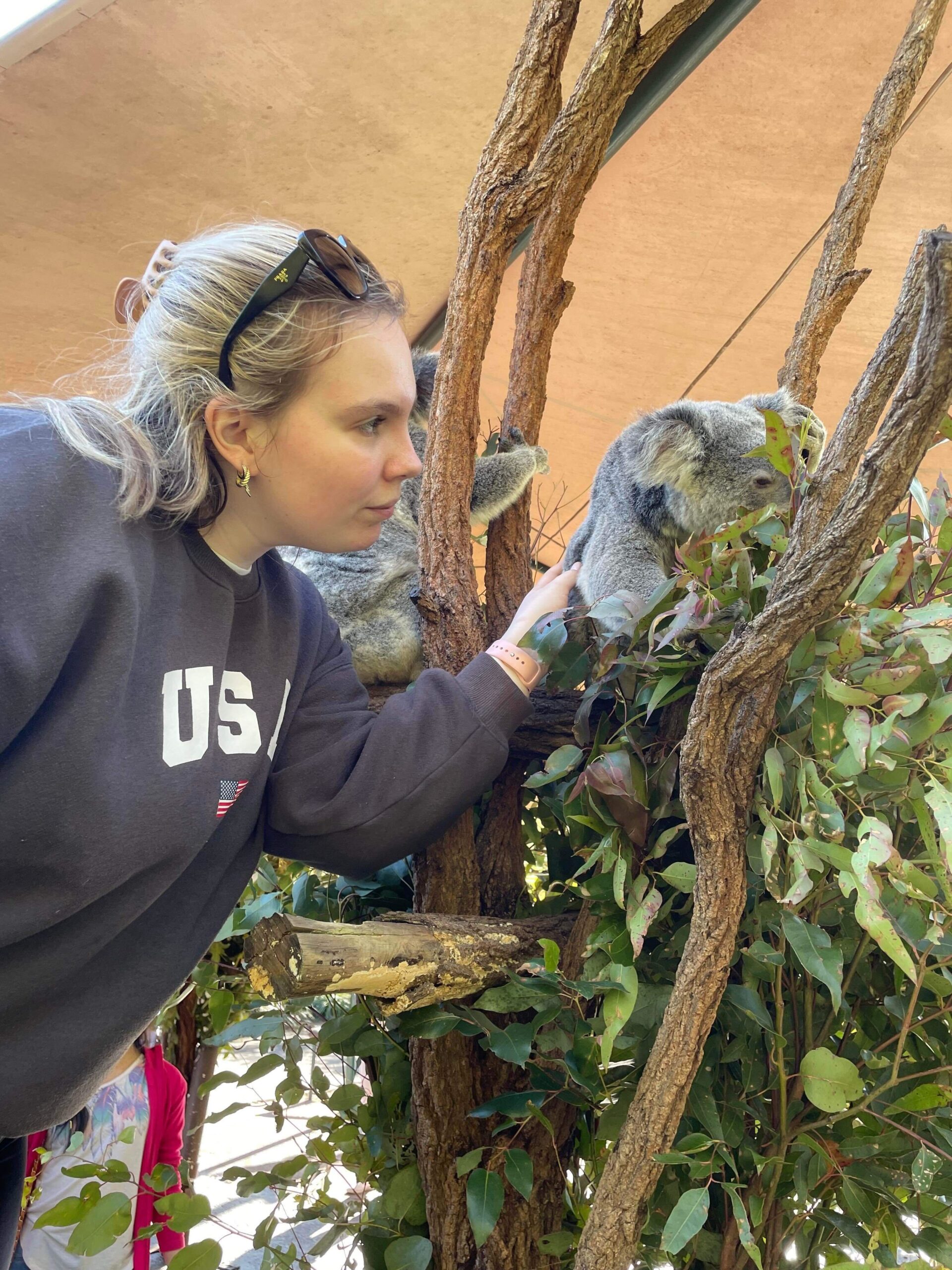by Matt Spadaro
When I first arrived in Sydney from the UK, I had no idea which project I would be doing. I found out on my first day that I’d be making a stud book for the Maria Island devils- a place and a species that I was, admittedly, totally ignorant towards. Upon learning more about the two, my interest only continued to grow; when Carolyn asked me to go to the island which I had been learning so much about, I jumped at the opportunity.
Once I arrived on Maria, I realised just how special of a place it is. 10 minutes into my time, I had already seen my first Wombat and I had to take a picture despite it being dark- I had no idea that I would experience hundreds of wombat sightings over the course of the week (see below for better photos than my first).
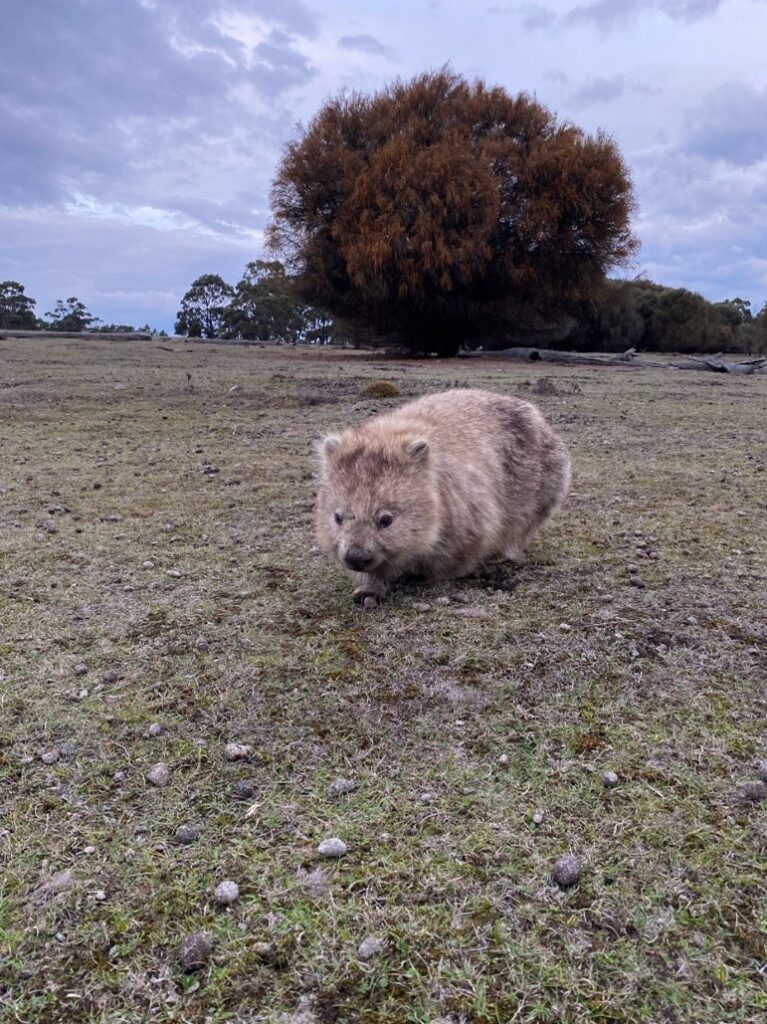

After, we got everything sorted and began baiting the traps in the dark for the next day (for more information on how to catch a devil, see Elle’s post titled “How to catch a Tasmanian devil”).
In the morning, the processing of the devils commenced. Weight, teeth measurements, head size, pouch state (if the individual was female), number of parasites and general body condition were all taken during this processing of recaptured animals. New animals had all the preceding measurements taken with the additional processes of taking of an ear biopsy, inserting a microchip, and giving the devil a name.
As this process is quite an extensive experience for the devils, I was expecting their demeanour to be far from calm, especially when considering their given name of “devil”. Therefore, I was quite surprised when all of the first devils that we caught and processed were seemingly calm (although in retrospect many of them were likely terrified). This wasn’t the case for all devils though, with a few showing jaw popping behaviours and the low growling noises which they are well known for. Despite these exceptions, the vast majority of the devils we caught and released on Maria Island were either scared or tired, making them very easy to process.
I learnt during this trip that devils, somewhat unsurprisingly, hate the noise of anything they don’t recognise. They don’t mind the noise of your voices when speaking but they find any noise of fabric rubbing together, clanking of buckets and the sound of the bristles on brushes when they’re being used very distressing. I also learnt that devils have been a victim of a degree of fake news- not all devils have the distinctive white markings that you see on the internet. Many of the devils we processed were completely black or almost completely black (see below photos).
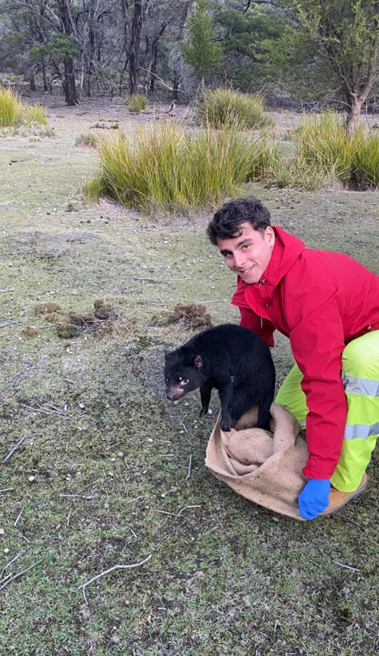
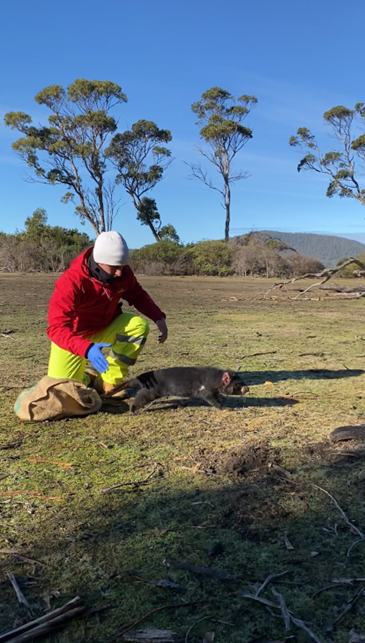
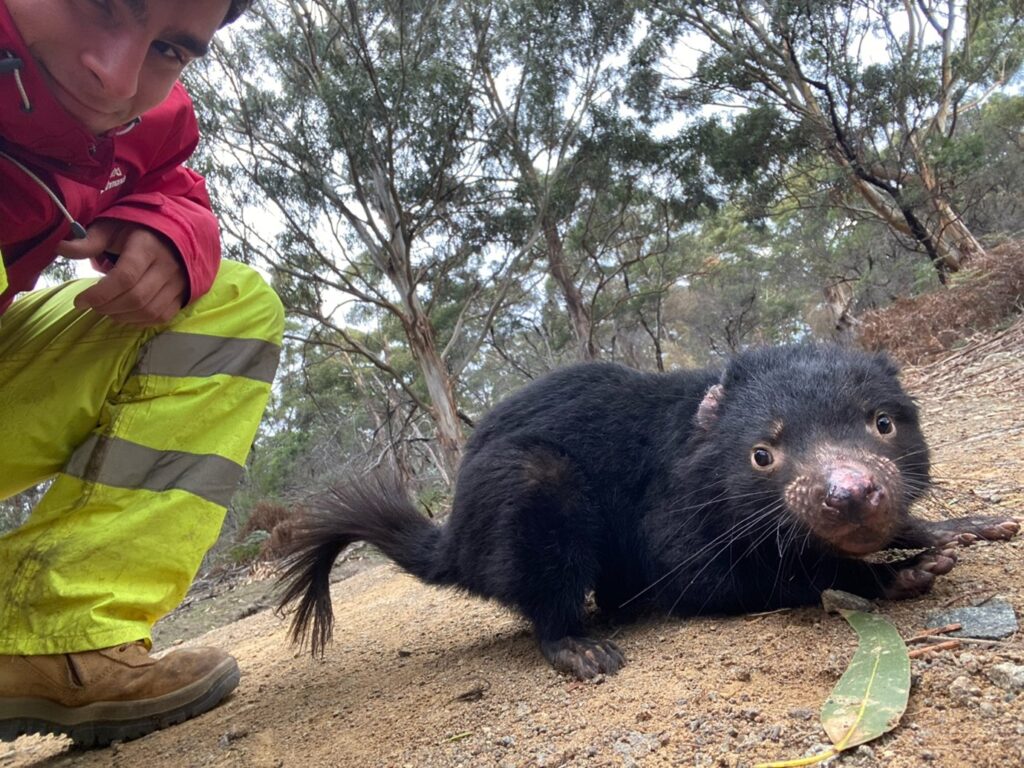
After-thought-
If you’re considering visiting Australia from abroad and you’re interested in seeing wildlife and nature- go to Maria Island. Maria Island is teeming with wombats, Bennet’s wallabies, sea eagles, forester Kangaroos and more. It also has the most pristine air and ocean water of anywhere I’ve visited. The landscapes are incredible, you really cannot go wrong with a visit to this Island if you’re interested in the outdoors.
Author

Matt Spadaro
